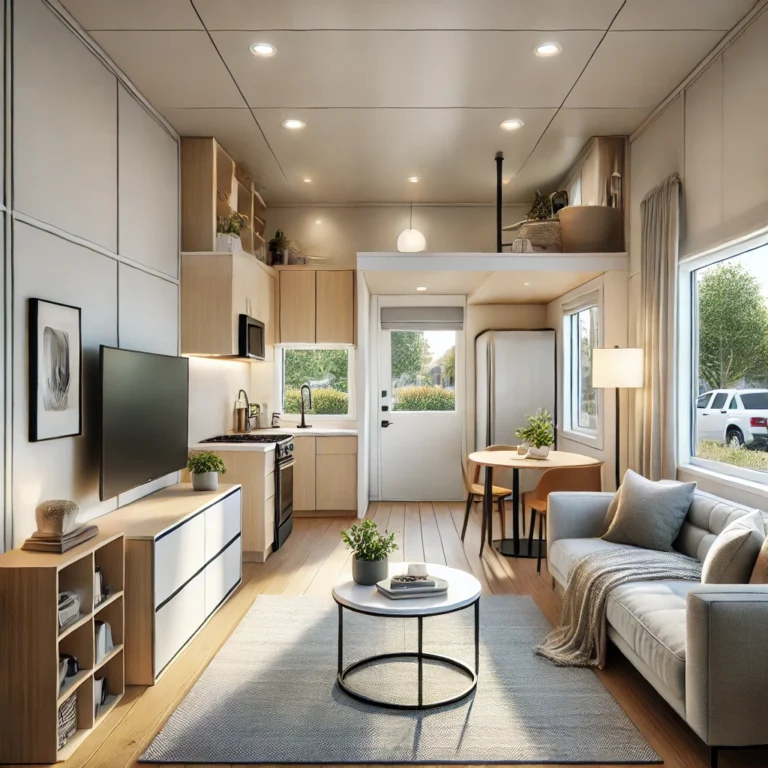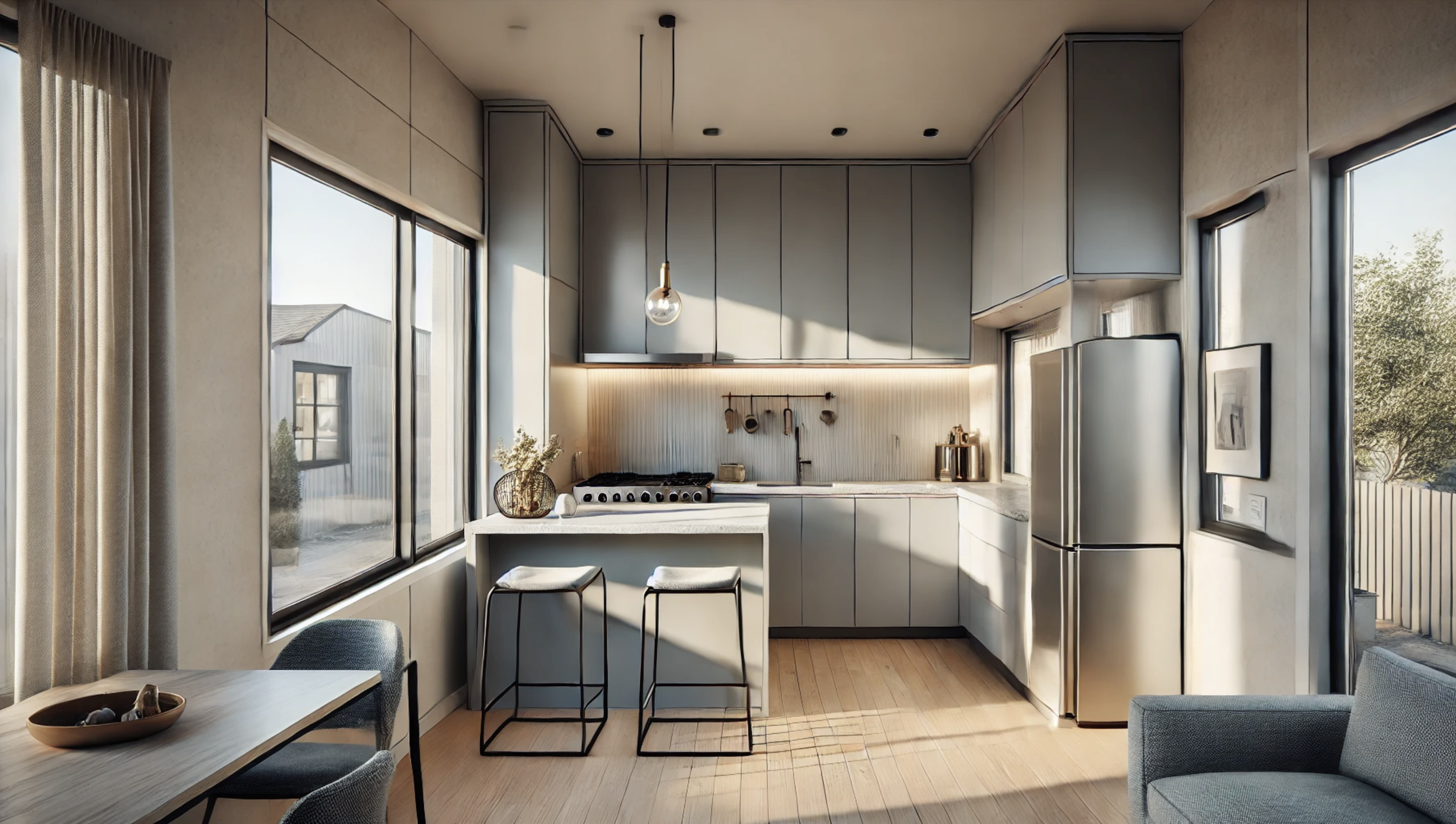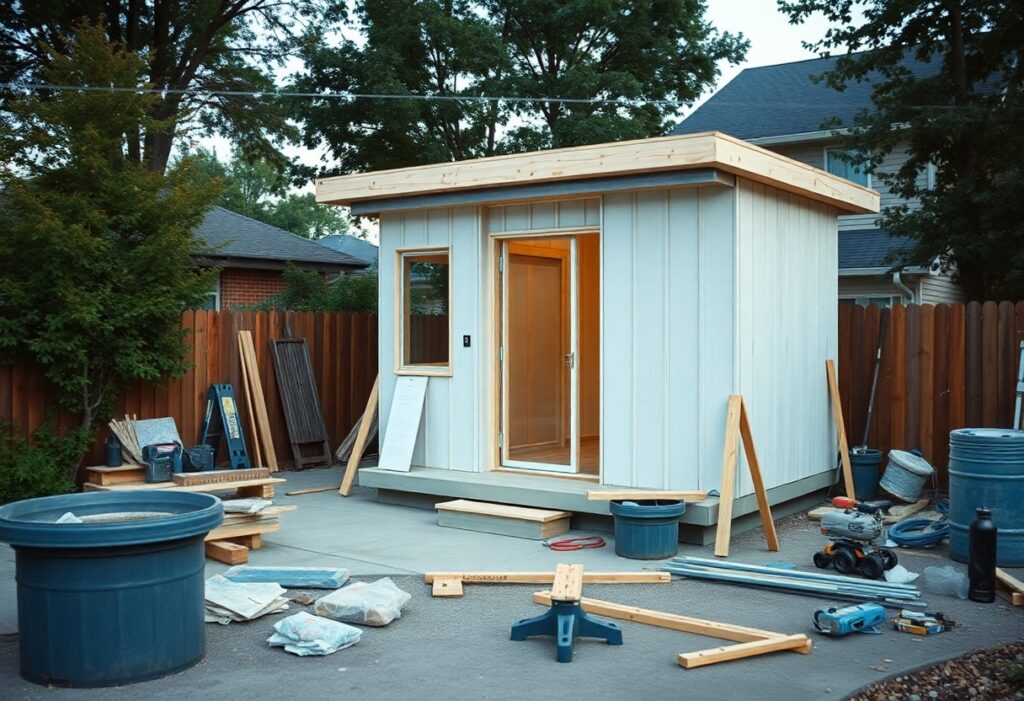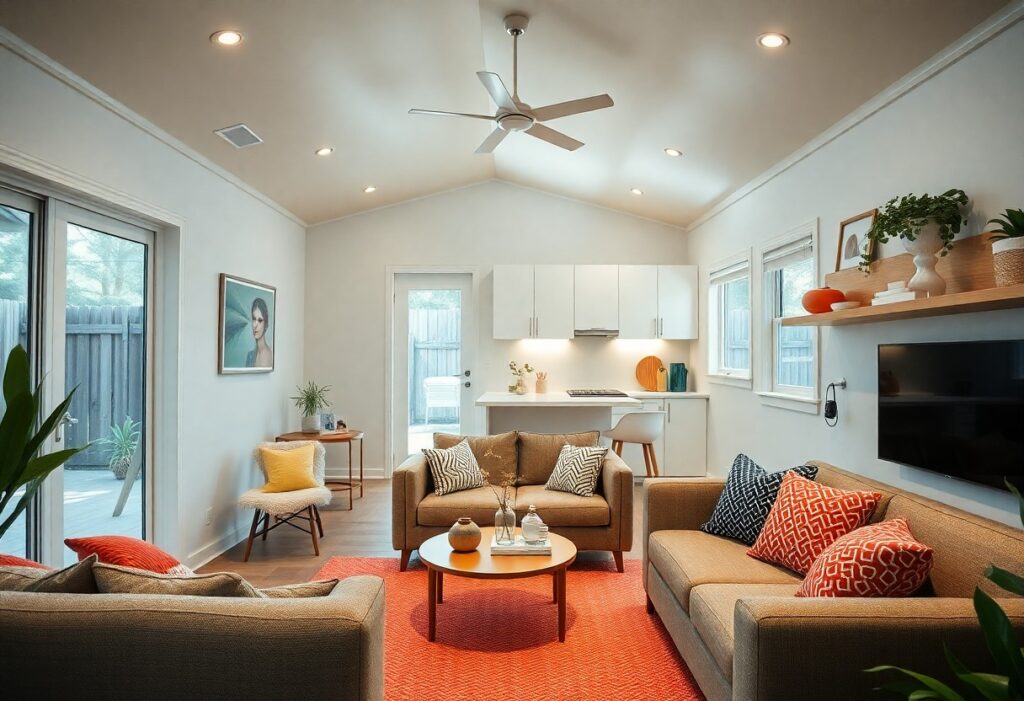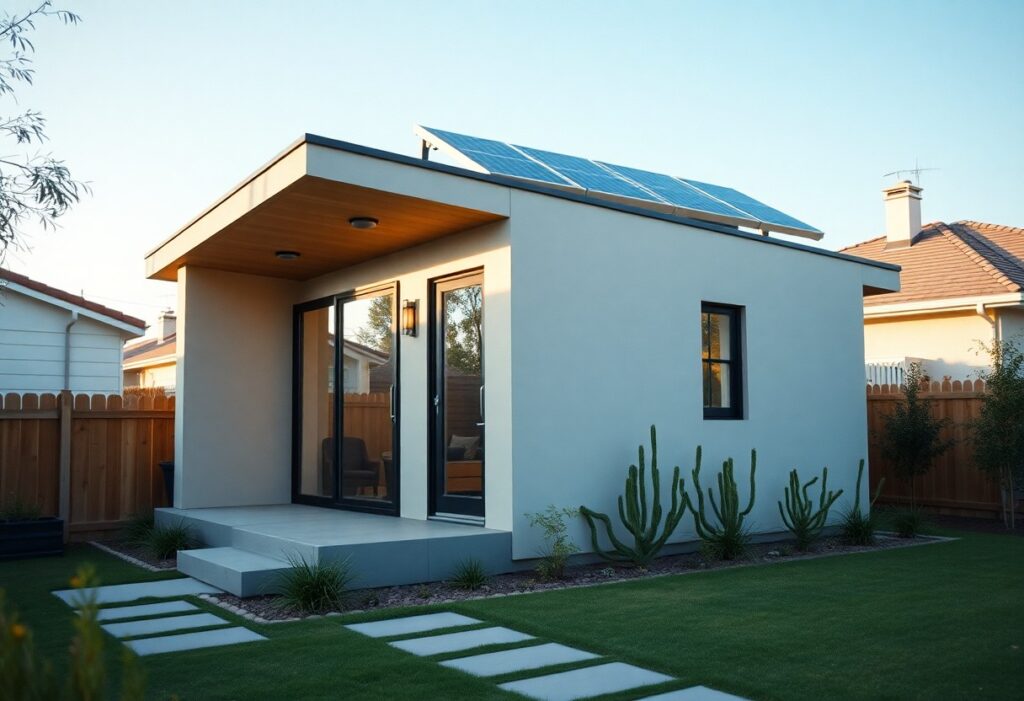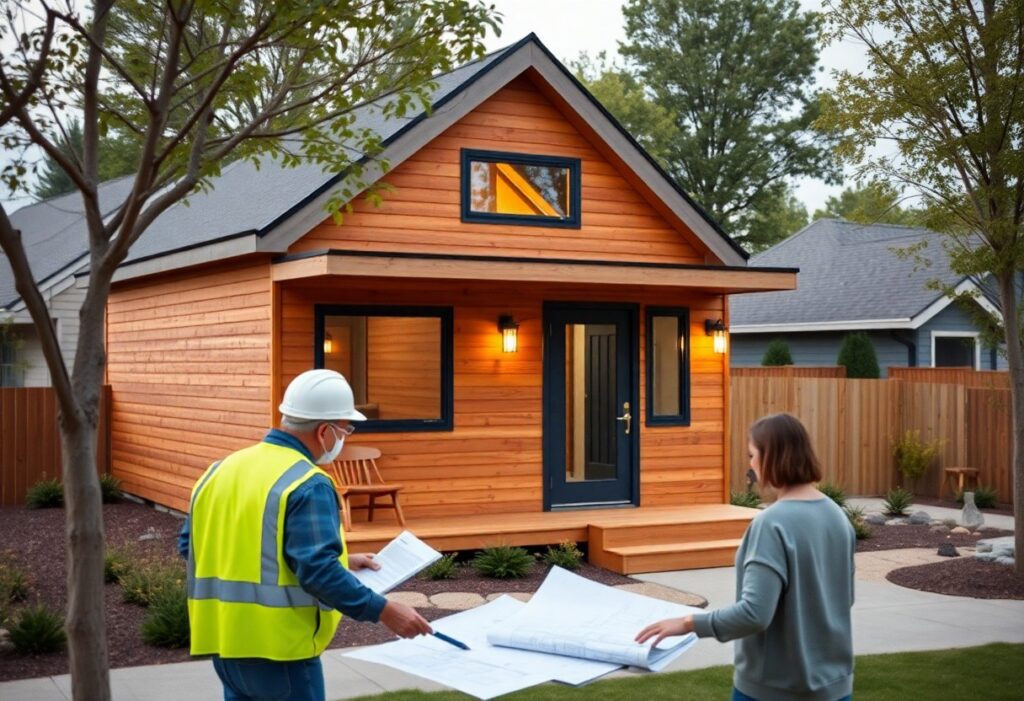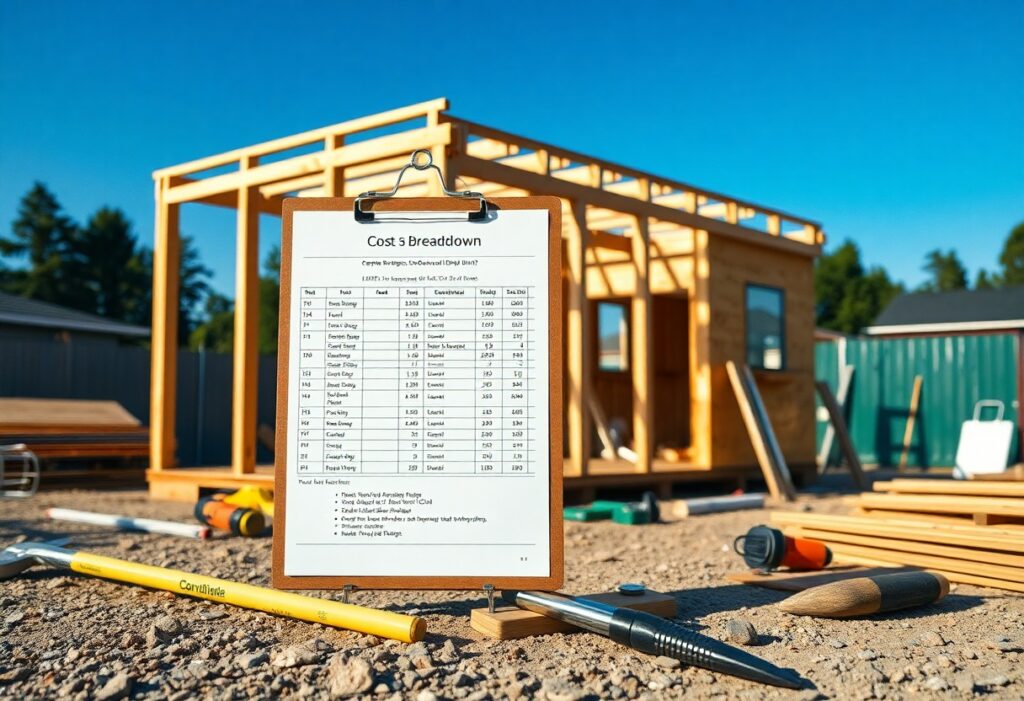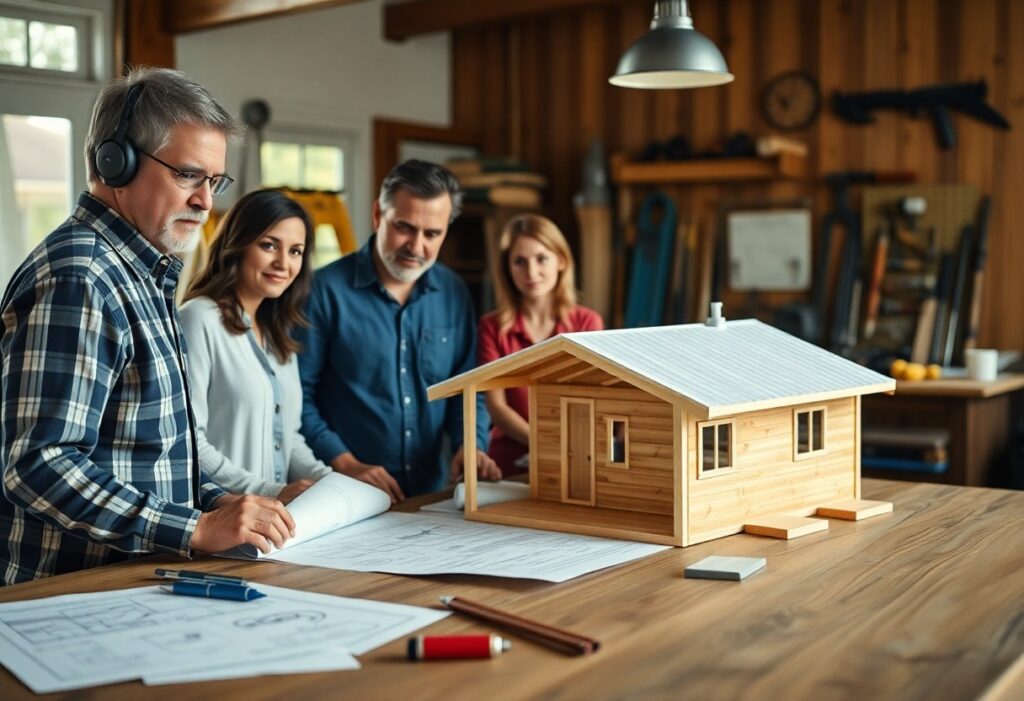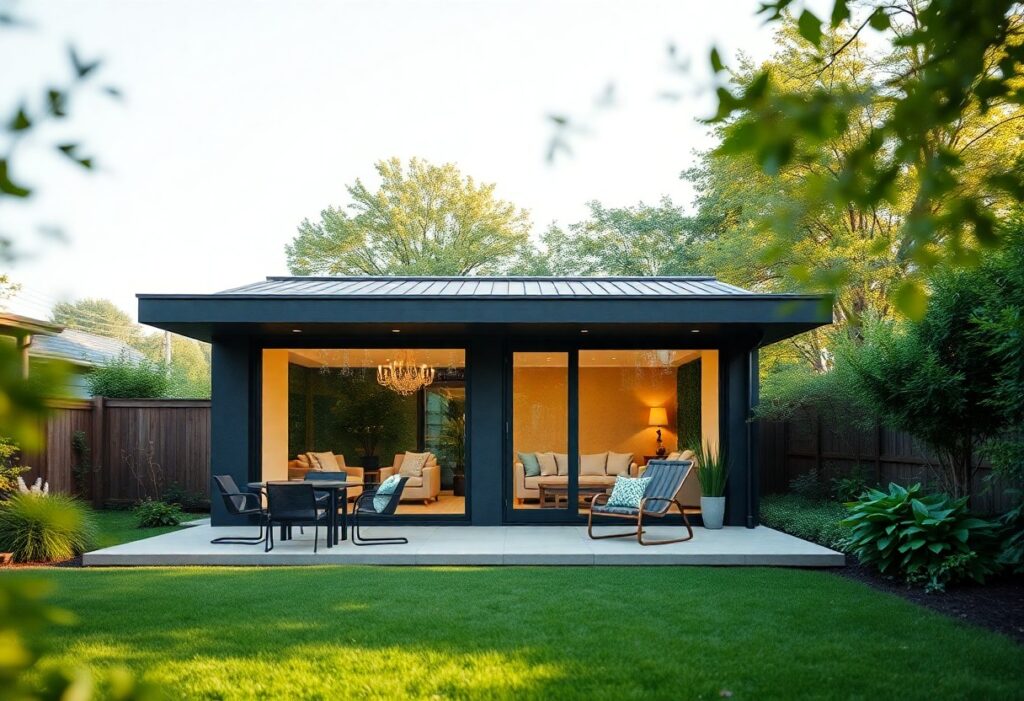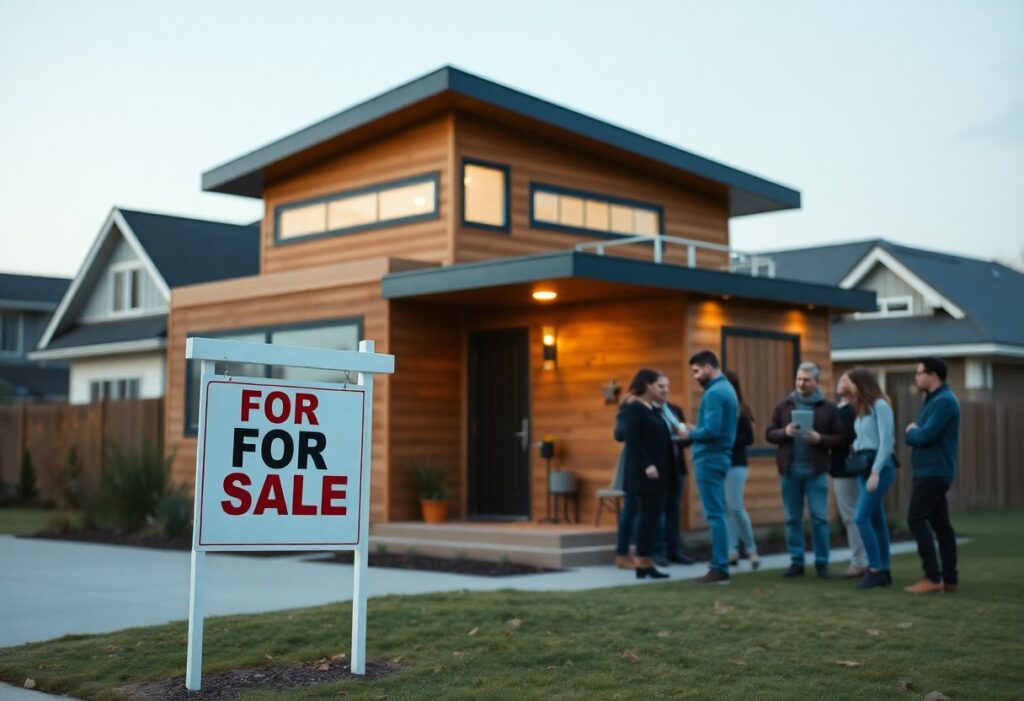ADUs for Aging in Place: As the population ages, many individuals seek to maintain their independence while staying close to family. Accessory Dwelling Units (ADUs) offer a practical solution, providing a separate living space that can be tailored to meet the needs of aging adults. This comprehensive guide explores the essentials of designing ADUs for aging in place, ensuring safety, accessibility, and comfort.
Understanding ADUs for Aging in Place
Definition of Aging in Place
Aging in place refers to the ability of individuals to live in their own homes and communities safely, independently, and comfortably, regardless of age or ability level. This concept emphasizes the importance of creating living environments that adapt to the changing needs of aging individuals.
What Are Accessory Dwelling Units (ADUs)?
ADUs, also known as granny flats, in-law suites, or secondary suites, are self-contained living units located on the same property as a primary residence. They can be detached, attached, or converted spaces within the main home, such as basements or garages. ADUs provide a flexible housing option for older people who wish to remain close to family while maintaining independence.
Benefits of ADUs for Aging in Place
Proximity to Family
ADUs allow older people to live near their loved ones, facilitating regular interaction and support. This proximity can enhance emotional well-being and provide peace of mind for both the individual and their family.
Maintaining Independence
Living in an ADU enables older people to retain autonomy over their daily lives while having assistance nearby if needed. This balance between independence and support is crucial for quality of life.
Cost-Effective Housing Solution
Constructing an ADU can be more affordable than moving to an assisted living facility. Additionally, ADUs can serve as a source of rental income in the future or increase property resale value by an average of 18%.
Design Considerations for ADUs for Aging in Place
Accessibility Features
- Single-Story Layouts: Eliminating the need for stairs reduces fall risks and enhances mobility.
- Wide Doorways and Hallways: Accommodate wheelchairs and walkers, ensuring ease of movement.
- No-Step Entries: Provide seamless transitions between indoor and outdoor spaces.
- Lever-Style Door Handles and Faucets: These are easier to operate for individuals with limited hand strength.
- Grab Bars in Bathrooms: Enhance safety in areas prone to slips and falls.
Safety Enhancements
- Slip-Resistant Flooring: Reduces the likelihood of accidents.
- Adequate Lighting: Well-lit spaces prevent trips and falls; consider motion-sensor lights for convenience.
- Emergency Response Systems: Install systems that allow for quick assistance if needed.
Comfort and Livability
- Climate Control: Ensure efficient heating and cooling systems for year-round comfort.
- Soundproofing: Reduces noise from the main house, enhancing privacy.
- Outdoor Spaces: Accessible patios or gardens provide opportunities for relaxation and recreation.
Design Strategies for ADUs for Aging in Place
Universal Design Principles
Implementing universal design principles ensures the ADU is functional for individuals of all ages and abilities. This approach includes features like adjustable countertops, pull-out shelves, and easy-to-reach storage, making the space adaptable to changing needs.
Future-Proofing the ADU
Design the ADU with future needs in mind. Consider structural supports for the potential installation of mobility aids, such as ceiling lifts, and ensure that the bathroom layout can accommodate a wheelchair-accessible shower if required later.
Integration with the Main Property
Ensure the ADU complements the primary residence in design and accessibility. A well-integrated ADU maintains property aesthetics and can include pathways that facilitate easy movement between the two dwellings.
Financial Considerations
Cost of Construction
The cost of building an ADU varies based on size, design complexity, and location. On average, construction costs can range from $100,000 to $200,000. However, this investment is often less than two years’ worth of payments for an assisted living facility.
Financing Options
- Home Equity Loans: Utilize the equity in your primary residence to finance the ADU.
- Construction Loans: Specific loans designed for building new structures.
- Government Programs: Some local governments offer incentives or grants for constructing ADUs, especially those designed for aging in place.
Return on Investment
ADUs can increase property value and offer potential rental income. Homes with ADUs have been shown to sell for higher prices than those without. Business Insider.
Regulatory Considerations
Zoning Laws and Building Codes
Before constructing an ADU, familiarize yourself with local zoning regulations and building codes. These laws dictate aspects like size limitations, occupancy rules, and design standards. Compliance ensures a smooth construction process and avoids legal complications.
Permitting Process
Obtaining the necessary permits is a critical step. This process may involve site plans, design approvals, and inspections. Working with professionals experienced in local regulations can streamline this process.
Case Studies: Successful ADUs for Aging in Place
Case Study 1: Independent Living for older people
A couple in Austin, Texas, built an elder-friendly home adhering to ADA guidelines, featuring wide doorways and wheelchair accessibility. The house includes a guest suite that could serve as a caretaker’s quarters. Wall Street Journal.
Case Study 2: Multigenerational Living Solution
In Washington, D.C., a family constructed a standalone ADU for grandparents, linking it to the main house via a large communal deck. The ADU doubles as a rental when the grandparents are away. Washingtonian.
Challenges and Solutions in ADU Construction
Design Challenges
- Limited Space: Optimize the layout to ensure all necessary amenities fit comfortably.
- Accessibility Compliance: Adhering to accessibility standards may require creative design solutions.
Solutions
- Professional Design Services: Engage architects or designers specializing in small spaces and universal design.
- Custom-Built Features: Tailor cabinetry, storage, and fixtures to the specific needs of the occupant.
Conclusion
Designing ADUs for Aging in Place for older people is a thoughtful investment that balances independence, safety, and proximity to loved ones. By incorporating universal design principles, adhering to local regulations, and considering future needs, you can create a comfortable and accessible living space that adapts to the evolving requirements of aging adults.
For personalized guidance on creating an aging-in-place ADU, consult with professionals experienced in accessible design and construction. Their expertise will ensure that your ADU meets all necessary standards and provides a safe, comfortable environment for years to come.
Follow us on Social Media:
Youtube | Facebook | Instagram
If you are looking for ADU Financing, Click Here: https://theadupro.com/adu-financing/
PROUDLY SERVING ALL OF SOUTHERN CALIFORNIA
Get Started Today
Ready to build your rental income ADU? Let The ADU Pro guide you through the process.
📞 Call us at (877) 398-8002
🌐 Visit us at www.theadupro.com
✉️ Email us at [email protected]
Turn your property into a high-performing investment with our expert ADU solutions. Contact us today!
Need help financing your ADU? Click Here or check out one of our finance partners below.

www.primarymortgageresource.com

